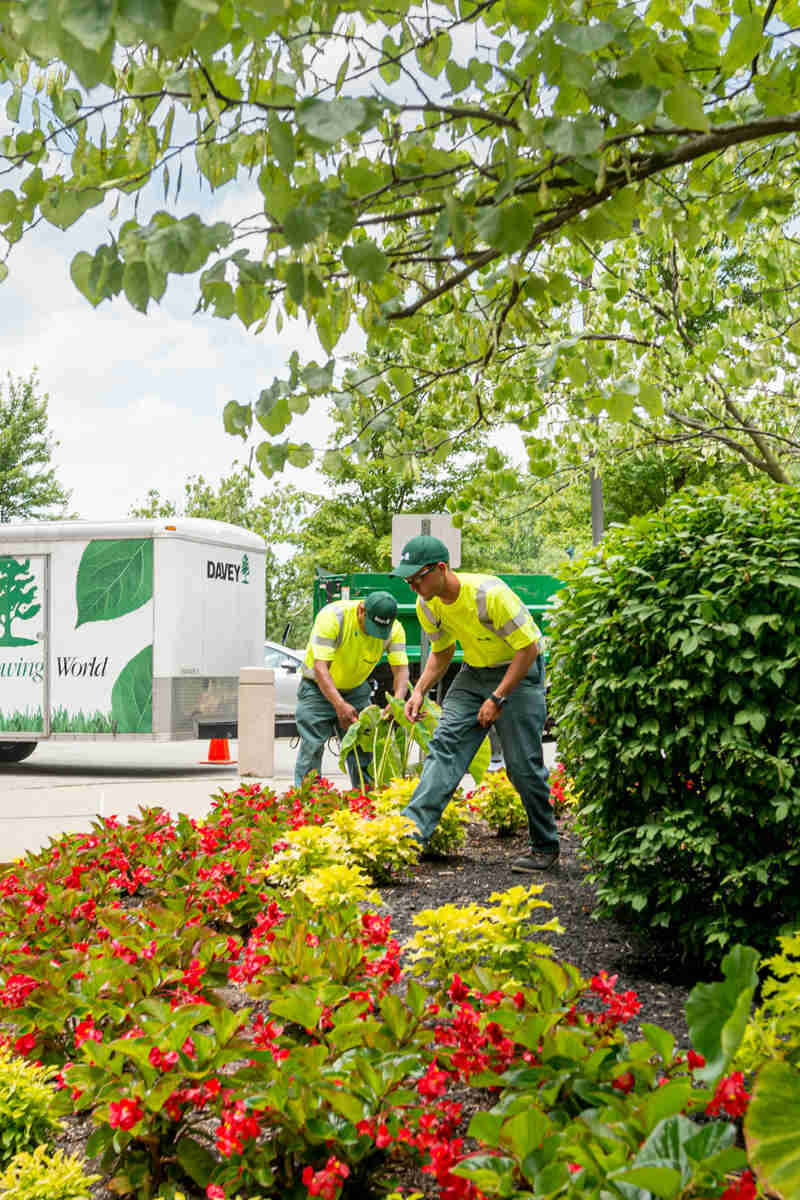All regions of the United States have experienced the effects of climate change, such as changes in temperature, precipitation, sea levels, storm intensity, and wildfires. According to the U.S. Geological Survey, climate change has caused droughts to become more frequent, longer, and more severe, especially in the Western and Southwestern U.S.
Large bodies of water such as wetlands, rivers, and lakes aren’t the only natural elements affected by droughts. Water stored in the soil can also be affected, causing the dry ground to absorb water too quickly. With such dry conditions becoming increasingly common across the U.S., many trees are in slow decline.
Trees absorb 90% of water in the small roots located within the top 6-8 inches of soil while the remaining 10% of water is absorbed by larger supporting roots. Those roots need air space to absorb the right amount of water to thrive. Once water sources are depleted, trees have 2-3 years of energy stored after which they will slowly decline over time.
What Happens to Trees During Long Drought Periods?
There are many other negative impacts of frequent and longer drought periods for trees other than decline. These include:
- Increased pest populations that thrive in heat.
- Drought stress, which can let diseases take hold of a tree more easily.
- Death of weak trees, including older trees, in our urban forests.
Location is also a factor in tree survival rates during drought periods. For arborists, it’s difficult to reach trees in natural areas where pests and diseases prefer warmer temperatures, and irrigation systems don’t provide enough water to properly hydrate trees. Natural solutions, such as mulch, can help mitigate the effects of increased droughts.
How Does Mulch Help Retain Moisture?
Soil health can help reduce stress in trees in drought-prone areas. Soil injection treatments with humates and Arbor Green Pro can help bolster the soil nutrients needed for a tree’s survival, but proper mulching techniques can also make a big difference supporting tree health. Here are some tips for proper mulching around trees and its benefits that impact tree health:
- Use wood mulch or leaves to help hold moisture and break down, giving the tree its proper nutrients and water over time.
- Remove any plastic landscape sheeting or landscape rocks around or under trees. These can block water and nutrients from being absorbed by a tree.
- Avoid using metal, plastic, or aluminum edging systems. This type of edging can block water from being absorbed by the tree’s roots.
- Use proper mulching techniques to avoid suffocating trees. When done properly, mulch can help a tree retain moisture and protect it from heat.
Trees are an important part of a landscape. They provide habitats for wildlife, natural shade for the community, and are great combatants to climate change through carbon absorption. Working to help trees survive long drought periods can ensure that their benefits are shared for generations.
HELP YOUR TREES THRIVE THROUGH DROUGHT PERIODS – CONTACT YOUR DAVEY REPRESENTATIVE TODAY!



